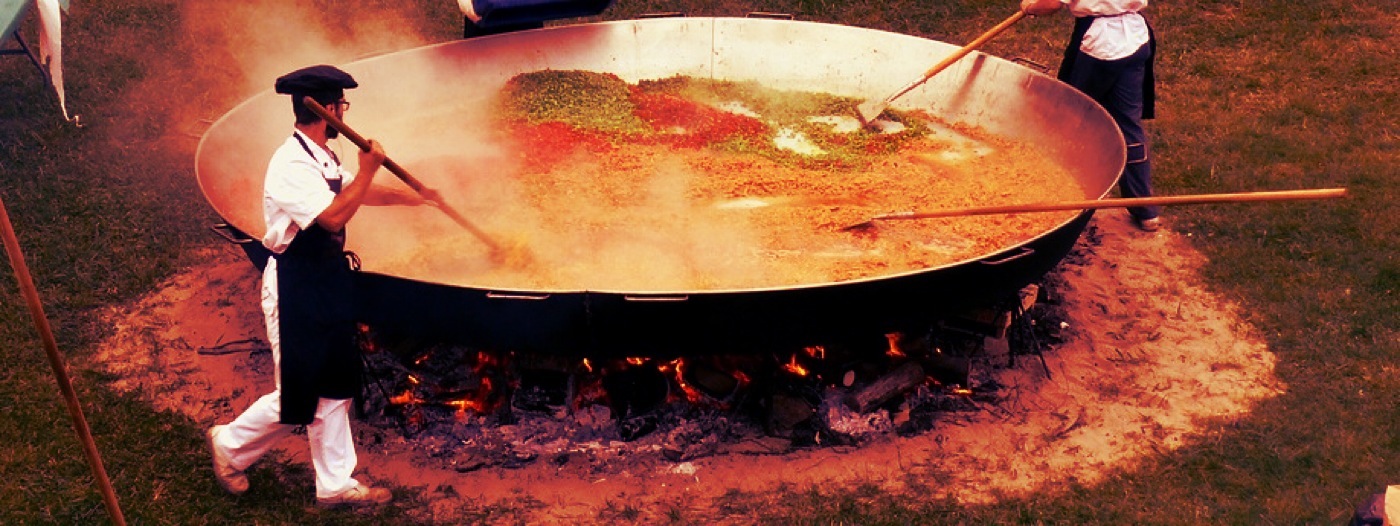My son-in-law was waxing eloquently about Gobhi Musallam. Chris described the dish as a whole roasted cauliflower, an impressive Indian presentation dish, which fits his Ketogenic diet. The recipe is also in-line with the soft food diet that Myr has been put on by her doctor. However, we just had Indian food last week. While I like the idea of a whole roasted cauliflower, there is nothing that says it has to be Indian. What other cuisine could I adapt this technique to?
Musallan translates as “whole.” As I researched the recipe, I found that things that went by the name of Gobhi Musallam were not always whole roasted cauliflower. Even the recipes that talked about cooking “whole” cauliflower showed pictures of the vegetable in pieces simmering in the sauce. The sauce used was also widely different between recipes. There is obviously a lot of room for “play” in this recipe.
When I had finally settled on my other dishes for this meal I came back to the vegetable dish. I was planning a Chinese steamed fish and dong quai chicken. I decided that I would use the Indian cooking technique, but the sauce for the cauliflower should obviously be Chinese.
I looked at some cauliflower in “Szechwan sauce” recipes. Most of them included “green chilies.” In the year and a half we lived in Sichuan, I do not believe I ever saw a “green chili” in any of the free markets I shopped at. These recipes seem to be Indio-Chinese adaptations, rather than actually Chinese recipes. A real “Sichuan sauce” should have lajiao (dried hot red chilies) and haujiao (Sichuan pepper). To get it to stick to the surface of the whole cauliflower, I would have to make it a bit thicker than normal, so that it did not simply slide off while cooking.
Note: You may notice that the names above are spelled in two different ways. Chinese is a character based language and there are different systems for translating the character/words into Romanized letters. The British use the Wade-Giles system (another reason to assume that the recipes are Indo-Chinese). The Chinese and Americans, currently, use the simpler Pinyin system. This is the reason many Westernized Chinese words are spelled differently. Which westernize system you use may also have political implications, because many are associated with Christian missionaries, British colonialism and other historic factors.
After Dinner Note: This dish was really popular, there was very little left at the end of the meal.
Karl’s Gobi Musallam Sichuan
Ingredients
1 cauliflower, whole and uncut
4 Tbs. soy sauce
1 inch ginger root, sliced into coins
1 tsp. Sichuan pepper, whole
½ tsp. white pepper
Karl’s Sichuan Sauce
3 green onions, minced
10 cloves garlic
2 Tbs. chili bean paste (Doubanjiang)
1 Tbs. soy sauce
1 Tbs. ginger, minced
½ tsp. black vinegar
1½ tsp. sichuan pepper, ground, separate uses
2 tsp. shaoxing rice wine
1 tsp. corn starch in 1 Tbs. water
Directions
1. Remove the leaves and toughest part of the stem from the cauliflower, but do not break it into florets.
2. Use a pot that is close to the size of the cauliflower, but a bit deeper. Add water to cover and the soy sauce, ginger coins, Sichuan pepper, and white pepper.
3. Bring the pot to a boil, add the cauliflower upside down, and then reduce the temperature to medium low. Simmer until the cauliflower is ¾ done (about 15 minutes).
4. Transfer the cauliflower to a shallow, Pam-ed baking dish (right side up).
5. In a small pan, sauté the green onions for two minutes.
6. Add the garlic and sauté for 1 minute more.
7. Add all of the rest of the sauce ingredients, except for the corn starch.
8. Simmer for 2-3 minutes, until starting to thicken.
9. Add just enough corn starch in water to thicken the sauce.
Tip: Add half of the cornstarch mix and continue cooking for 30 seconds. Add half of the remaining mix if necessary and cook for 30 seconds. You want it to be thick, but not gummy.
10. Smear the sauce on cauliflower and bake at 500º F until well done (about 15-20 minutes).
Tip: A fork inserted into the base should slide in easily. The top should brown, but not burnt.




Pingback: Karl’s Chinese Whole Steamed Fish | Jabberwocky Stew
I love this and will try to make something up with it… Thank you for posting, I am always looking for new ideas!
I made this tonight, well I used the idea of cooking the entire cauliflower head… I made my own sauce, however I did reference your blog for the idea. Thank you so much for sharing this.